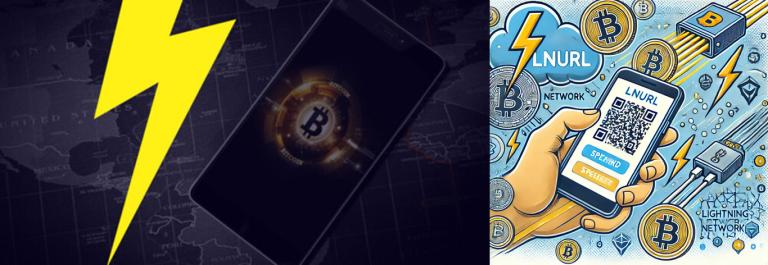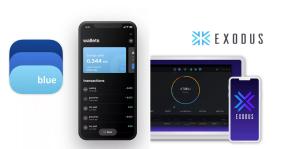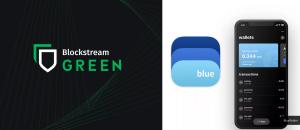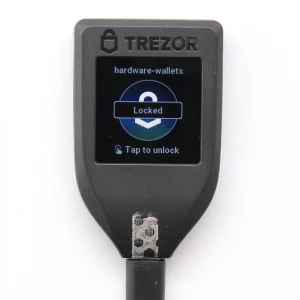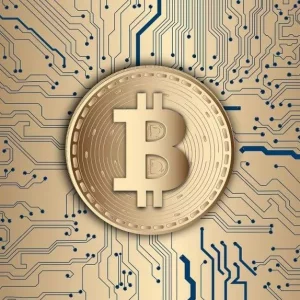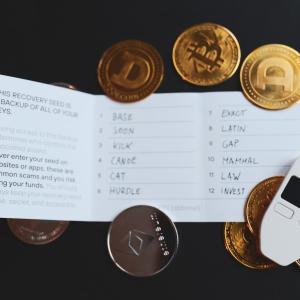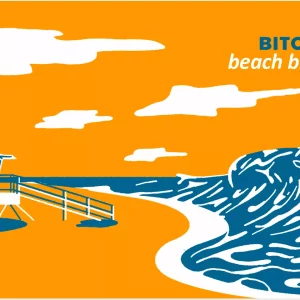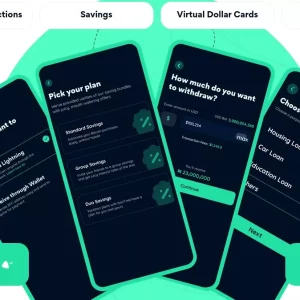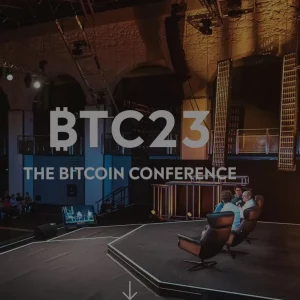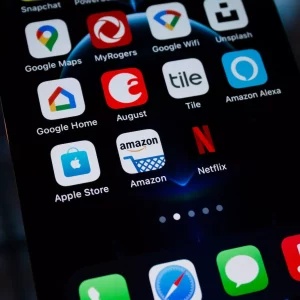In the world of Bitcoin and the Lightning Network, new protocols and features are continually being developed to make transactions smoother and more user-friendly. Two such innovations are LNURL and Lightning Address, both designed to simplify Lightning Network interactions. Let’s look at these technologies, how they work, and their differences.
What is LNURL?
LNURL is a protocol that facilitates easier interaction with the Lightning Network by enabling features such as payments, withdrawals, and other functionalities without requiring complex invoicing. It simplifies operations by allowing you to interact with the Lightning Network through URLs, which can be easily scanned, shared, or clicked. This standard protocol, based on Lightning Network’s capabilities, offers a straightforward method to send and receive Lightning payments.
Go deeper: LNURL Explained
What is Lightning Address?
The Lightning Address is a user-friendly way to receive payments over the Lightning Network. It resembles an email address format, making it easier for users to remember and share their Lightning Network payment details. A Lightning Address allows you to accept payments via Lightning with something simple, such as [email protected], without dealing with lengthy Lightning invoices.
Go deeper: Lightning Address Explained
How LNURL Works
LNURL is a flexible protocol used for various applications on the Lightning Network. The most common use cases for LNURL include simplifying user registration, facilitating automatic payments, and providing a simpler way to make withdrawals. By converting complex Lightning Network operations into easily shareable URLs, LNURL reduces the technical barriers for users.
Unlike Lightning invoices, LNURL do not have an expiration date and are not single-use.
There are different types of LNURLs, each with a specific purpose:
- LNURL-Pay: This is the most common type, used for making payments. It creates standard links or QR codes for wallets and services. Users can click the link or scan the QR code with their Lightning-enabled wallet to pay without typing in payment details manually.
- LNURL-Withdraw: This type allows you to easily withdraw funds from your Lightning wallets to on-chain Bitcoin.
- LNURL-Auth: This type enables secure logins and authentication on websites and services using your Lightning wallet, without the need for passwords or usernames.
Example of LNURL
An example of an LNURL could be lnurl1dp68gurn8ghj9rrg3sl9y5z9lqkg8xz9x3f0x2lq, which is a payment request URL. When you scan this LNURL using a compatible Lightning wallet, it automatically generates the required payment invoice for you, simplifying the process. You don’t need to manually input invoice details; the wallet will do that automatically.
Pros of LNURL
- Simplified Transactions: LNURL makes Lightning payments much simpler and more user-friendly. There’s no need to manually copy and paste payment details.
- Versatility: LNURL supports various functionalities such as withdrawals, login, and donation mechanisms, enabling a wide range of use cases.
- No Need for a Static Address: Unlike traditional Lightning invoices, LNURLs can be dynamic and can change frequently, improving privacy.
Cons of LNURL
- Not Universally Supported: While LNURL is gaining popularity, it is not yet universally adopted across all Lightning wallets.
- Security Concerns: Like all URLs, LNURLs can be vulnerable to phishing or misdirection, so users should ensure they trust the source.
How Lightning Address Works
A Lightning Address works similarly to an email address but is used for sending and receiving Bitcoin payments over the Lightning Network. Instead of needing to manage complex Lightning invoices, you can simply share your Lightning Address (e.g., [email protected]), making the entire payment experience more intuitive.
Example of a Lightning Address
An example of a Lightning Address is [email protected]. Once someone has this address, they can send a payment directly to Alice’s Lightning wallet without having to manually create or scan an invoice.
Pros of Lightning Address
- User-Friendly: The simplicity of using an email-style address makes it much easier to use and remember, especially for beginners.
- Faster Transactions: Since there’s no need for scanning QR codes or pasting invoices, sending payments is much quicker.
- Improved Privacy: Users can keep their Bitcoin addresses private and only share their Lightning Address, which adds a layer of anonymity.
Cons of Lightning Address
- Centralized: Unlike LNURL, which can be decentralized, Lightning Addresses typically require a service or provider to handle them. This can pose a risk if the provider faces downtime or is compromised.
- Dependence on DNS: Since Lightning Addresses often rely on DNS, users are vulnerable to DNS outages or issues with the provider’s infrastructure.
What is the Difference Between Lightning Address and LNURL?
Both LNURL and Lightning Address serve to simplify transactions on the Lightning Network, but they each have distinct purposes. LNURL is a versatile protocol that supports various functionalities, including payments, withdrawals, and other interactions with the Lightning Network via URLs. Additionally, LNURL-Auth enables secure logins and authentication on websites and services using your Lightning wallet, eliminating the need for passwords or usernames. This adds an extra layer of convenience and security for Lightning users engaging with online services.
On the other hand, a Lightning Address is a simplified, human-readable, and user-friendly format resembling an email address, specifically designed for receiving payments. Essentially, while LNURL offers a broader range of capabilities for interacting with the Lightning Network—including authentication, payments, and withdrawals—Lightning Address provides a straightforward way for users to receive payments in a familiar format.
Which Lightning Wallets Support LNURL?
Several Lightning wallets support LNURL, making it easier to interact with Lightning payments and other network functionalities. Here are some of the most notable wallets that support LNURL:
Most modern Lightning wallets are gradually integrating LNURL support as the protocol gains traction in the ecosystem.
Which Wallets Support Lightning Address?
A growing number of wallets are now adopting the Lightning Address feature. Some of the wallets that support Lightning Address include:
Many wallets are now including Lightning Address features to enhance user experience and streamline payment methods.
Conclusion: Lightning Address vs LNURL
Both LNURL and Lightning Address provide significant improvements to how you can interact with the Lightning Network, each offering distinct advantages depending on the use case. While LNURL is a more versatile protocol capable of handling a variety of actions beyond just receiving payments, Lightning Address focuses on simplicity, allowing you to share an easy-to-remember address for receiving payments. Both systems enhance your experience on the Lightning Network, and as adoption grows, we can expect further innovations that make Bitcoin transactions faster, easier, and more secure.

